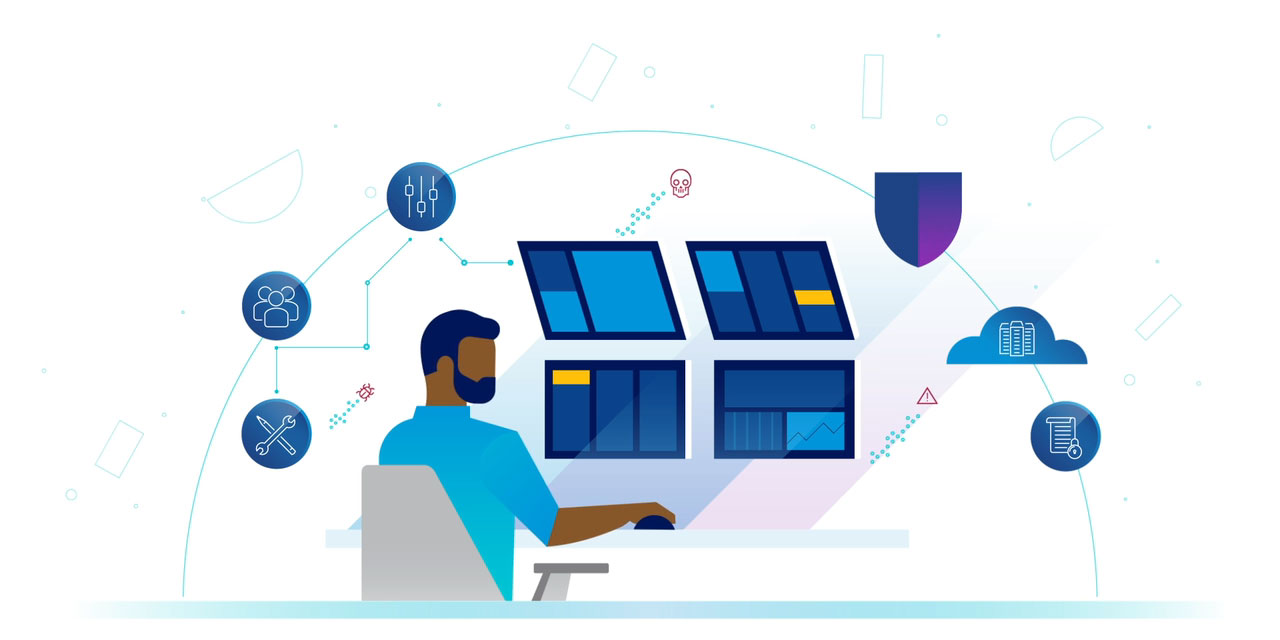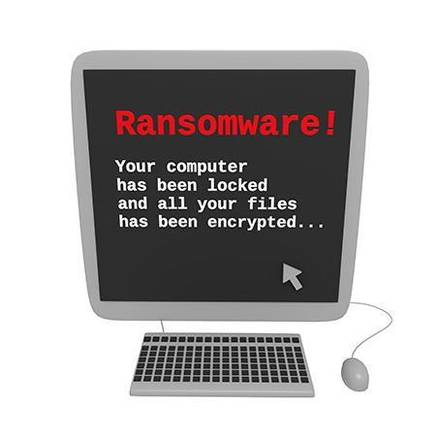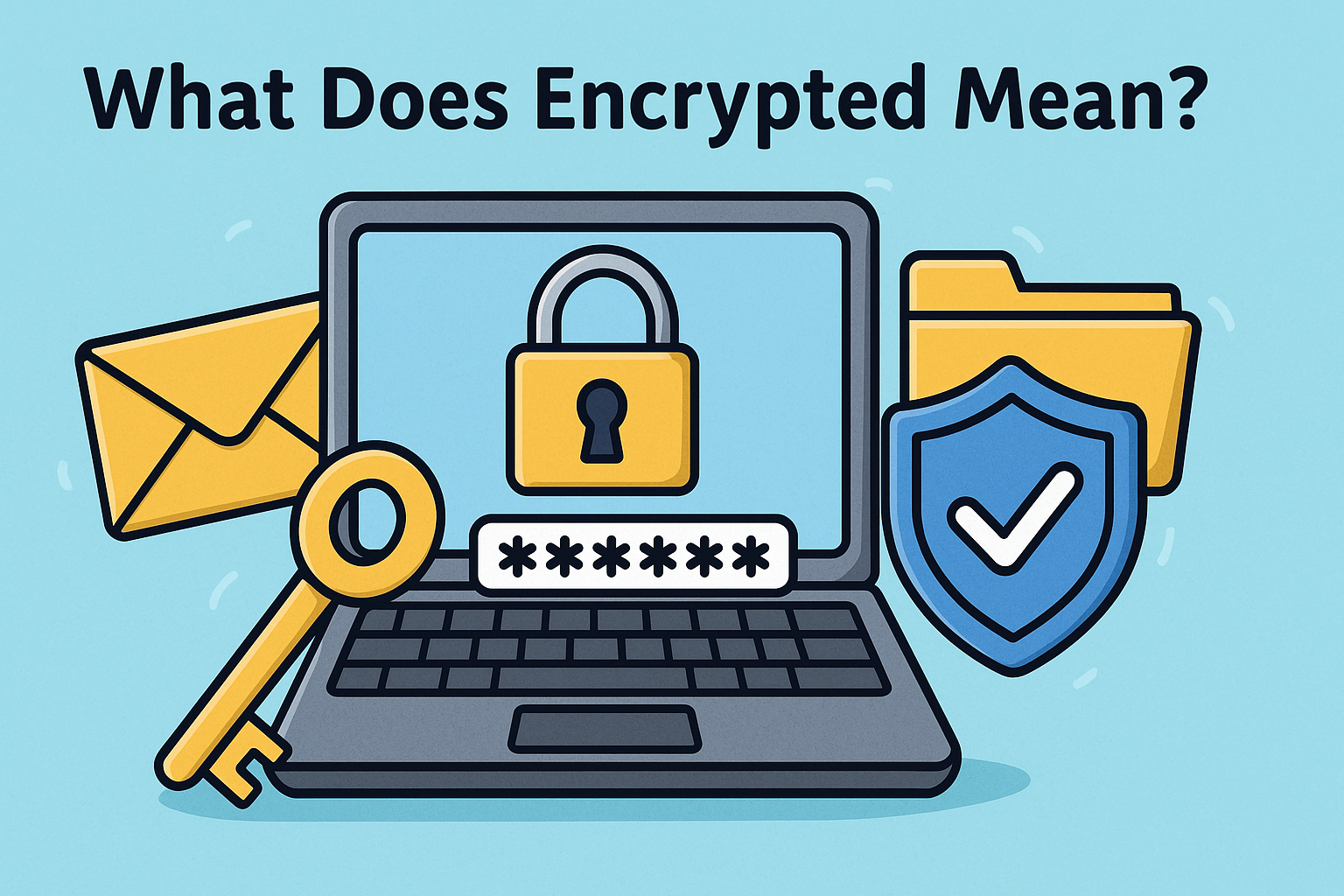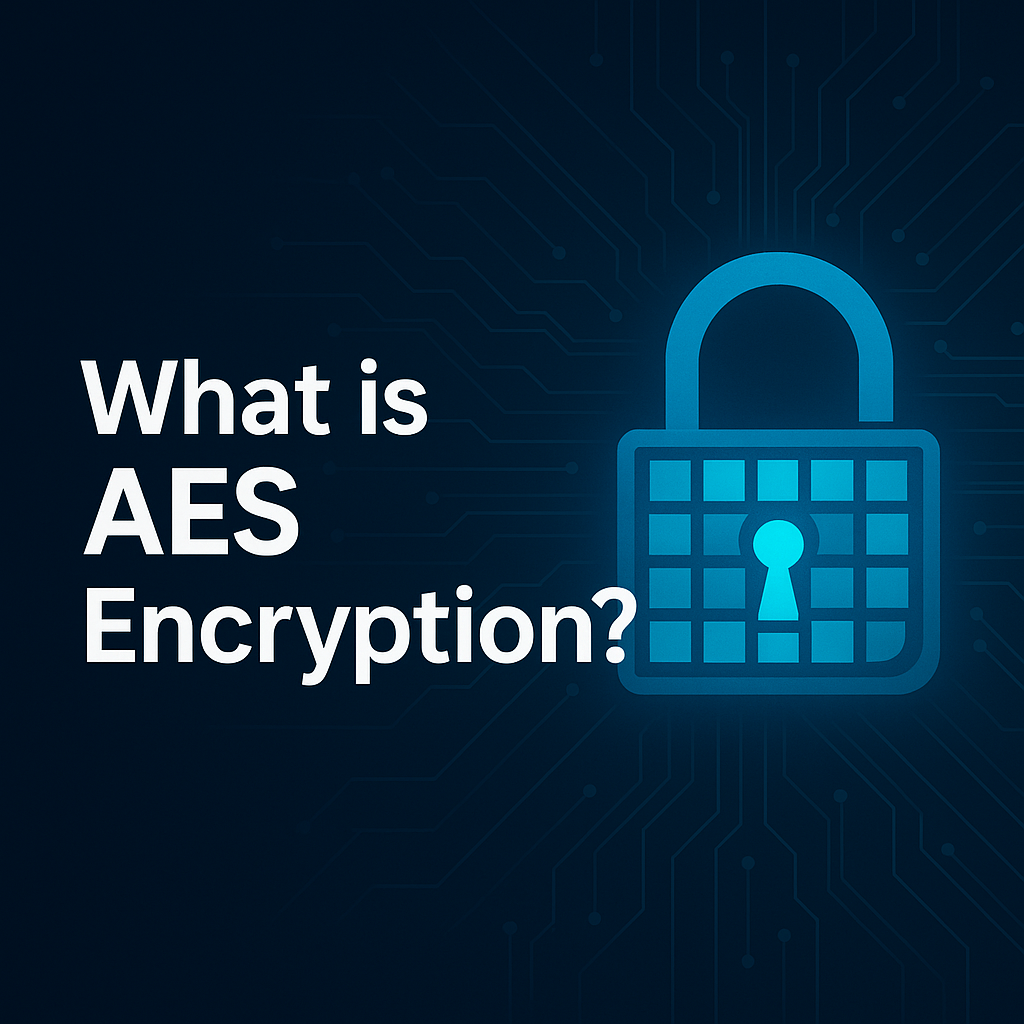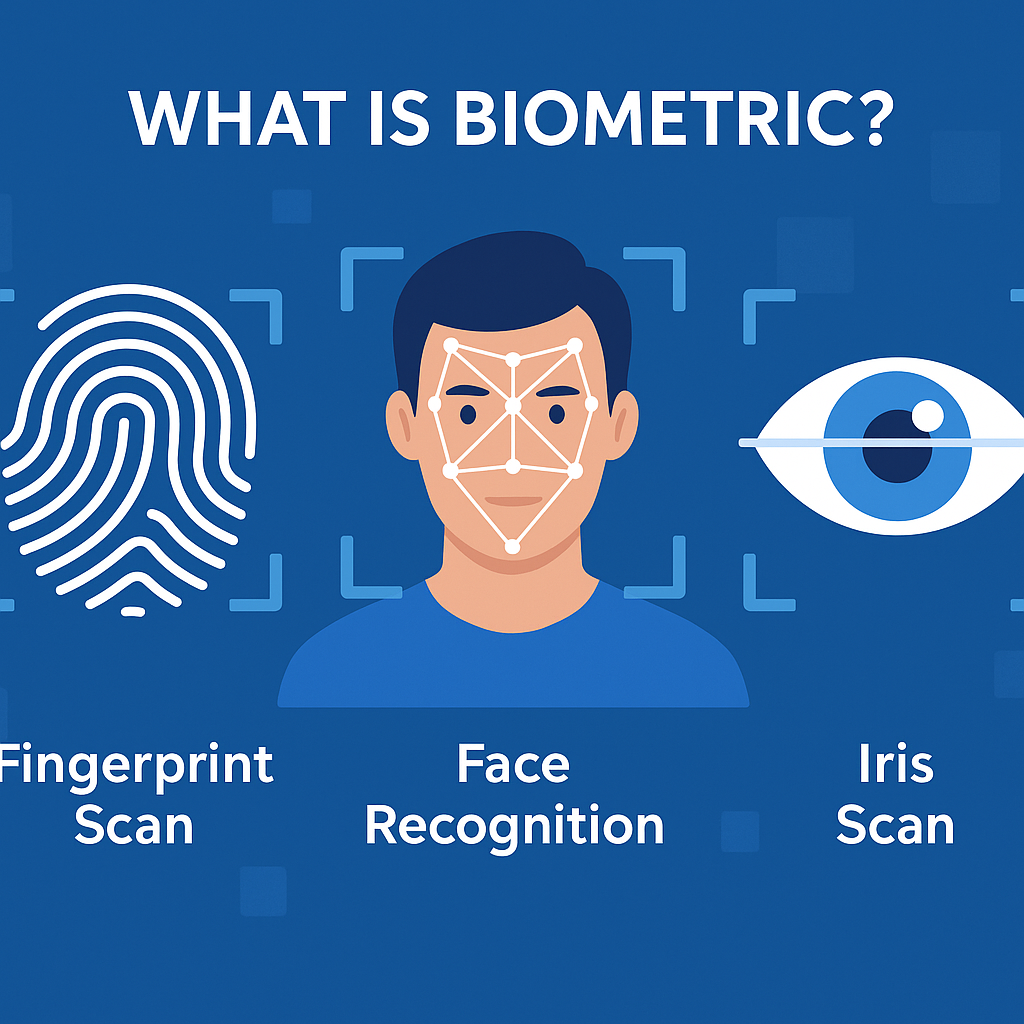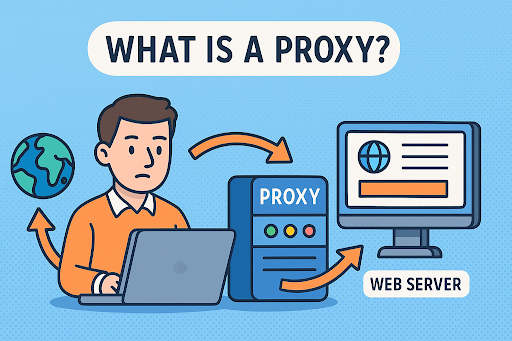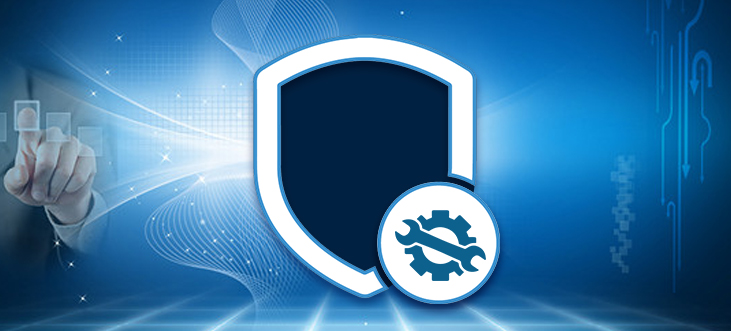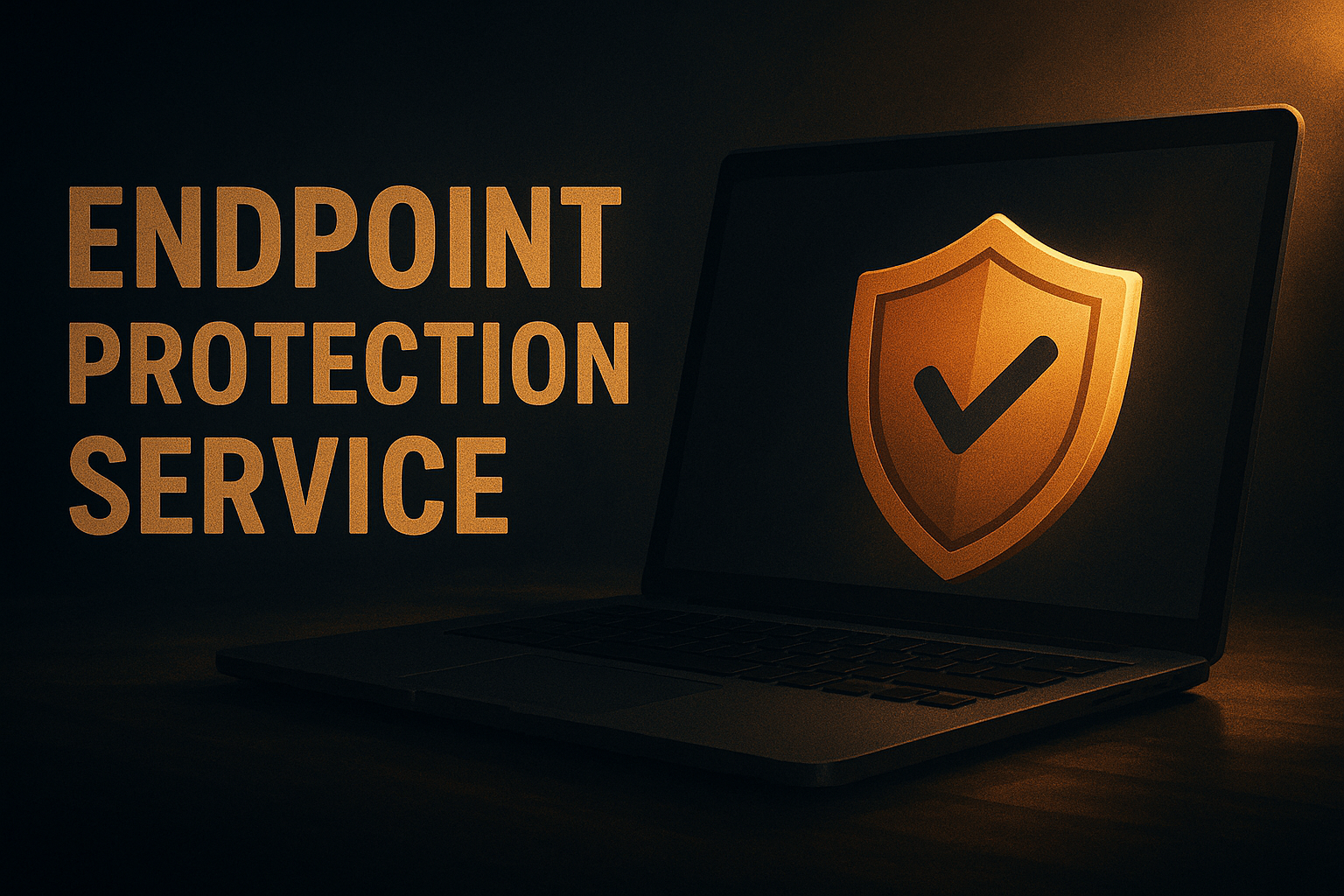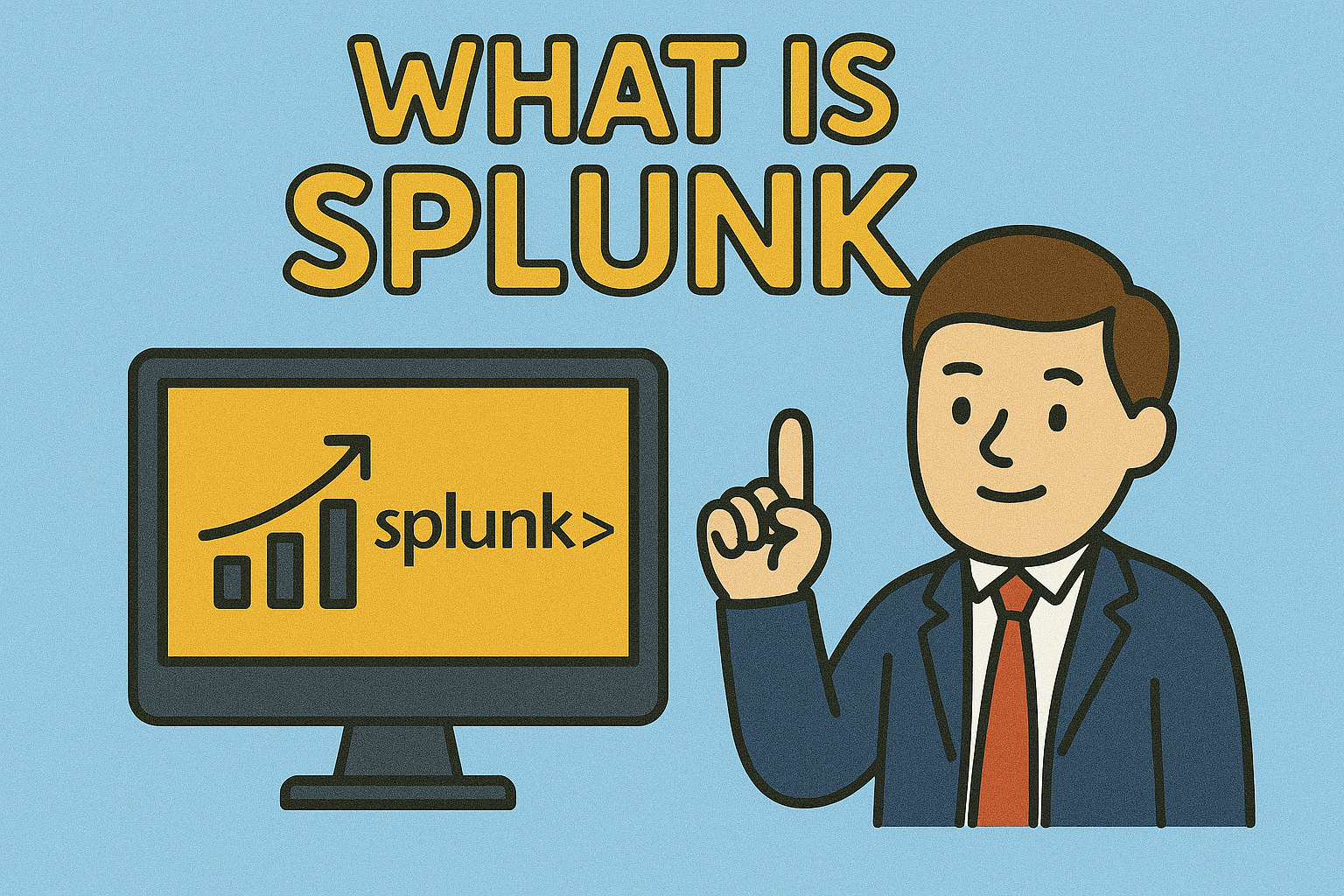What Is Continuous Integration? A Modern Guide for DevOps and Security Leaders
Updated on August 12, 2025, by Xcitium

Have you ever wondered what is continuous integration, and why it’s become a non-negotiable practice for teams delivering secure software? CI is the automated process of merging code changes, building, and testing frequently—often multiple times a day. This methodology accelerates development, prevents integration bottlenecks, and improves overall code quality. For cybersecurity-conscious teams and IT managers, CI means faster vulnerability detection and more reliable deployments without sacrificing control.
What Is Continuous Integration?
At its core, continuous integration (CI) is a DevOps practice where developers regularly integrate code into a shared repository. Each integration is automatically validated through a build and test cycle. This ensures any errors get detected early, rather than during deployment.
Key Principles:
- Automated builds
- Frequent code integration
- Immediate testing and feedback
- Shared codebase with version control
- Rapid detection and resolution of merge conflicts
Benefits of Continuous Integration
1. Faster Release Cycles
Frequent integrations and automated tests enable teams to push updates rapidly and reliably.
2. Improved Code Quality
Early detection of bugs reduces vulnerabilities before production pushes.
3. Reduced Integration Risks
Small, incremental changes are easier to merge and audit compared to bulk updates.
4. Better Collaboration
Developers receive immediate feedback and conflict alerts, fostering team alignment.
5. Enhanced Security
Automated security checks—like static code analysis or dependency scanning—become part of each build.
Popular Continuous Integration Tools
| Tool | Highlights |
| Jenkins | Open-source, highly customizable with plugins |
| GitLab CI | Integrated with Git repositories, easy to configure |
| GitHub Actions | Native CI/CD within GitHub, great for small teams |
| CircleCI / Travis CI | Cloud-first deployments, supports modern microservices |
Transitioning to modern pipelines means better automation and leaner options than traditional build scripts.
Best Practices for CI in Secure Environments
- Use version control meticulously: All code must go through pull requests and peer reviews.
- Automate security tests: Include scanning tools like SAST and dependency vulnerability checks in builds.
- Maintain build parity: Keep test and production environments consistent to avoid surprises.
- Enforce fast build feedback: Keep test suites small to support rapid iteration.
- Use branching wisely: Feature branches and protected main branches reduce chaos.
- Monitor CI pipelines: Alert on failing builds or increased test failures to catch issues proactively.
How CI Fits into the CI/CD Pipeline
Continuous Integration is the first stage in a broader CI/CD framework:
- CI – Merge and test code
- CD – Continuous Deployment – Automatically deploy changes after passing tests
- Delivery – Combine CI/CD with monitoring, rollback plans, and compliance checks
Together, they represent the three pillars of modern DevOps workflows.
Real-World Use Cases
- Financial Institutions use CI to automatically test code and validate compliance before deployment.
- Healthcare Software Teams integrate static analysis in CI to catch data-handling bugs early.
- E-commerce Platforms deploy multiple code updates per day, relying on CI pipelines to manage risk and speed.
- Security Teams have integrated tools like Snyk or OWASP dependency checks into CI to detect vulnerabilities swiftly.
Addressing Common CI Challenges
- Long build times → Break monolithic tests into micro-tests and parallelize executions.
- Flaky tests → Prioritize test stability to avoid CI fatigue.
- Pipeline complexity → Use modular pipeline definitions and documentation.
- Security drift → Regularly update dependencies and tooling to maintain CI integrity.
Summary: CI Boosts Development while Strengthening Security
By integrating code changes frequently and running automated tests, continuous integration accelerates development, improves code quality, and tightens security controls. Its role spans modern DevOps practices and serves as the backbone for resilient, fast-moving teams.
Call to Action
Take your DevOps and security strategy to the next level.
Request a Free Demo from Xcitium to explore automated threat detection, secure pipeline scans, and DevOps-focused risk analytics.
FAQ: Common Questions About Continuous Integration
Q1: What is continuous integration vs CD?
CI = frequent code merging + automated testing.
CD = Continuous Deployment, pushing validated code into production effortlessly.
Q2: Can small teams benefit from CI?
Absolutely—tools like GitHub Actions or GitLab simplify setup and reduce management overhead.
Q3: Is CI only for developers?
No—DevOps and security teams both benefit via faster detection, audit readiness, and stable environments.
Q4: How often should builds run?
On every commit or at least several times per day to catch issues early.
Q5: What security tools should integrate with CI?
Dependabot/Snyk for dependencies, static code analyzers, secrets scanning, license checks—automated into the pipeline.




